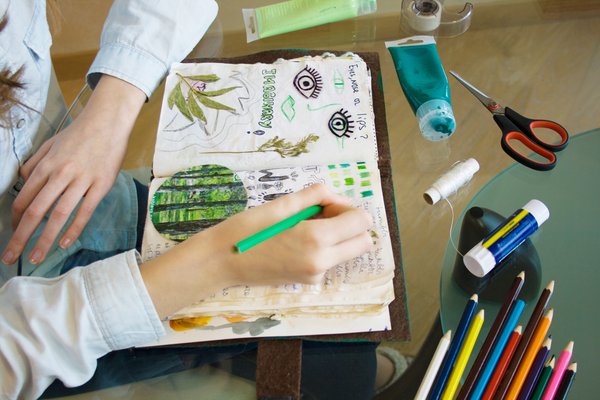Bluebottle stings – to pee or not to pee?
It’s that time of year again when unwelcome stinging ‘bluebottles’ are washing up on Australian beaches.
‘Bluebottles’ (Physalia utriculus) are common visitors along the beaches of the east coast of Australia, usually arriving with warm temperatures and a strong north easterly breeze. Unlike the usual rounded jellyfish we see (that belong to a group called Scyphozoa), Bluebottles are not true jellyfish but belong to a different grouping called Siphonophora. This is because each individual bluebottle is actually a colony of co-ordinated organisms, called zooids, rather than being than a single entity. The colony has four different types of zooids including dactylozooids, pneumatophore, gastrozooids, and gonozoids.
The dactylozooids form the tentacles and detect and capture food, which is then transferred to the gastrozooids for digestion, while the gonozooids take care of reproduction. The pneumatophore (“air structure”) is the float at the top of the bluebottle and supports the rest of the colony. Bluebottles can sail either to the right or left depending on which way a crest on the float is angled in different individuals. This means that wind will push parts of the same colony in different directions, helping to avoid the entire colony from being washed ashore. However, it’s when bluebottles do get pushed close to shore or onto the beach that we really notice them.
When the bluebottle tentacles (dactylozooids) come into contact with prey (or our skin), they release stinging cells, called nematocysts. These are like minute harpoons, piercing their prey and injecting venom. The venom comprises of a mixture of phenols and proteins. This causes the pain that over 20,000 unfortunate Australian beachgoers experience each year.
If you are stung the big question is how should you treat it?
One widely shared remedy says urinating on the stung area may help, but does it?
The answer is no.
Our urine can either be acidic or alkaline, and when the latter, could make the sting worse by stimulating more stinging cells to be released. Freshwater should also not be applied to the sting for the same reason.
The correct protocol to treat a bluebottle sting is to find help and a place to rest. Do not rub the stung area but wash off the remaining stinging cells with saltwater. Apply hot water (but only as hot as is bearable) to the sting to reduce the discomfort. Importantly, scientific research has discovered the heat also breaks down the proteins in the venom. This results in reduced pain by restricting the potency of the venom. If symptoms persist or the stings are on the face or throat, seek medical help and call triple zero (in Australia). The best way to avoid being stung is to not enter the water if lifeguards at the beach have put up warning signs or if you notice bluebottles washed ashore.
For more information:















